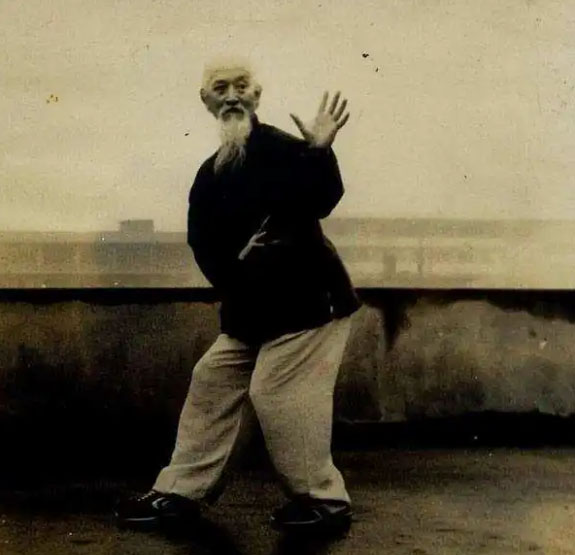
Tai Chi, Xingyi and Baguazhang are the pinnacle of Chinese martial arts and are treasures passed down from generation to generation by the descendants of the Yellow Emperor.
Tai Chi, Xingyi and Bagua are creatively integrated with the theory of yin and yang, the theory of the five elements and the numbers of Bagua. They use images to express meanings, making the martial arts rooted in the long and splendid Chinese civilization and the profound history and culture, and creating infinite changes, infinite combinations, endless vitality and endless charm.
Internal strength is the essence and soul of Tai Chi, Xingyi and Bagua. Martial artists have always regarded it as a treasure and only teach it to their disciples, never showing it to others easily. At the age of 9, Mr. Zuo Zhiqiang learned Xingyiquan from Ding Liantang, a famous Beijing boxer known as “Living Monkey”. In 1968, he followed Wang Juzhang, the third-generation successor of Baguazhang, to learn Xianyi Baguazhang. In 1982, he was fortunate to meet Tai Chi master Li Jingwu and was accepted as his disciple. After Master Jingwu passed away, Mr. Zuo continued to study Tai Chi from Feng Zhiqiang, the founder of Hunyuan Tai Chi. The four masters chose their favorite talents as their disciples and taught them all, passing on the three major boxing skills and internal skills of their own school to Mr. Zuo without reservation.
Although the three schools of internal skills have different forms, their principles are the same and they are inherited from the same lineage.
The Qi Tuogong, Tai Chi internal skills, and Sanxin Guiyigong practiced by Mr. Zuo have their common characteristics:
First, they focus on concentration, breathing, and relaxation of the whole body.
The beginning and end of the exercises require concentration of mind and slow and even breathing; from Baihui to Yongquan, the bones, muscles, and blood vessels of the whole body are in a state of relaxation.
Second, pay attention to sucking, sticking, grasping and closing to enrich the belt meridian.
Lead the Qi of Yongquan to Mingmen, so that the internal force of Mingmen is consolidated first, and then enrich the entire belt meridian, and then lead the Qi of Mingmen to a certain part of the body for use in martial arts.
Third, pay attention to the circulation of Qi and blood, and repeat it over and over again.
The body method begins with Wuji and returns to Wuji, and the internal Qi originates from Yongquan and returns to Yongquan, unblocked. Under the guidance of the teacher, as long as you practice according to the law, there will be no deviation.
Fourth, pay attention to active practice and focus on application.
The Qi-supporting technique can use external force to force the practitioner to lower the stance and strengthen the arm bending force. When applied to others, the opponent can be lifted up by hand and lose his foundation; Tai Chi internal strength can enrich the belt meridian and strengthen the strength of relaxation and sinking. With long-term practice, one can remain motionless even if someone pushes on the waist; the Three Hearts Return to One technique can lead the Qi of the gate of life to the spine, move it to the arm, and exert force instantly, which can increase the lethality beyond imagination.
Fifth, pay attention to adaptability and change.
If the left is heavy, the left is empty, and if the right is heavy, the right is empty. People don’t know me, but I know people. The change of appearance depends entirely on the conversion of internal Qi.
The above techniques are the secrets of the four masters, the crystallization of Mr. Zuo’s life’s hard work, and the treasure that martial artists dream of. Those who hope to obtain them should cherish them a hundred times and should not pass them on easily.
